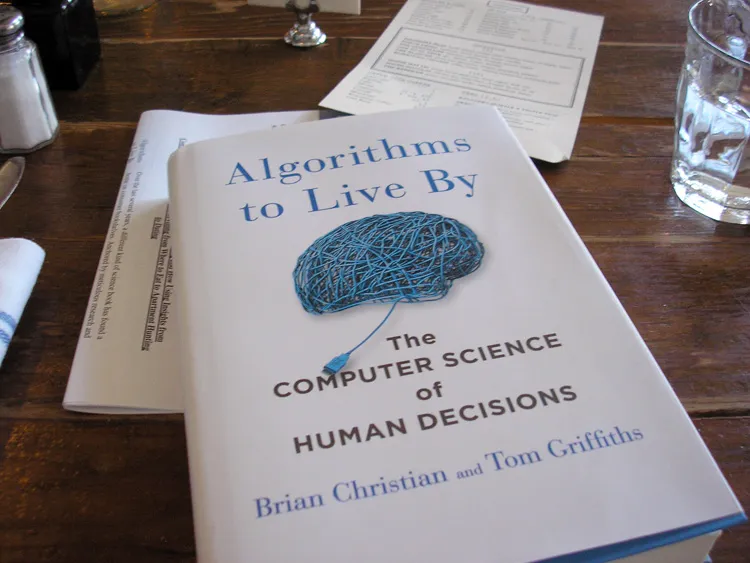Algorithms to Live By: A Book Review
Algorithms to Live By: The Computer Science of Human Decisions,” written by Brian Christian and Tom Griffiths, is a remarkable fusion of computer science and human behavior. This book delves into how algorithms developed for computers can be applied to our everyday lives, aiding in decision-making and problem-solving.Christian and Griffiths draw on cutting-edge research in psychology, computer science, and economics to illuminate the hidden algorithms that shape our choices.
One of the book’s strengths is its accessibility. The authors avoid getting bogged down in technical jargon, instead using clear and engaging language to explain complex concepts. They also use a variety of real-world examples to illustrate their points, making the book relatable and engaging. The authors successfully demystify complex computer science concepts, making them accessible to a broad audience. They explore various algorithms and explain how these can be used to address real-life situations like organizing a closet, scheduling tasks, or even finding the love of your life. The book is not just about the algorithms themselves, but about the underlying principles of why and how they work, and why they are relevant.
For example, in the chapter on decision-making, they discuss the “Paradox of Choice,” which posits that having too many options can actually lead to worse decisions. They then explain how a simple algorithm, known as the “satisficing rule,” can help us navigate overwhelming choices by focusing on finding a good enough option, rather than the perfect one.
Overall, however, Algorithms to Live By is a well-written and thought-provoking book that offers valuable insights into the ways in which we think and make decisions. Whether you’re a techie or a humanities scholar, this book is sure to challenge your assumptions and leave you with a new perspective on the world.
Here are some of the book’s key takeaways:
- Algorithms can be a powerful tool for making better decisions, even in our personal lives.
- Understanding the algorithms that shape our choices can help us avoid common biases and pitfalls.
- There is often a trade-off between optimality and efficiency, and it is important to find the right balance for each situation.
- In a world of overwhelming complexity, it is sometimes better to “satisfice” than to strive for perfection.
“Algorithms to Live By” also delves into the limitations and ethical considerations of applying computer logic to human life, offering a balanced view. The writing style is clear, witty, and full of anecdotes, which makes the book not only informative but also enjoyable to read.
In conclusion, this book is a must-read for anyone interested in understanding how computer science concepts can be applied in real life. It’s insightful, thought-provoking, and offers a new perspective on the decisions we make every day. Whether you’re a computer science enthusiast or just someone curious about the intersection of technology and daily life, “Algorithms to Live By” is sure to provide valuable insights.














Post Comment